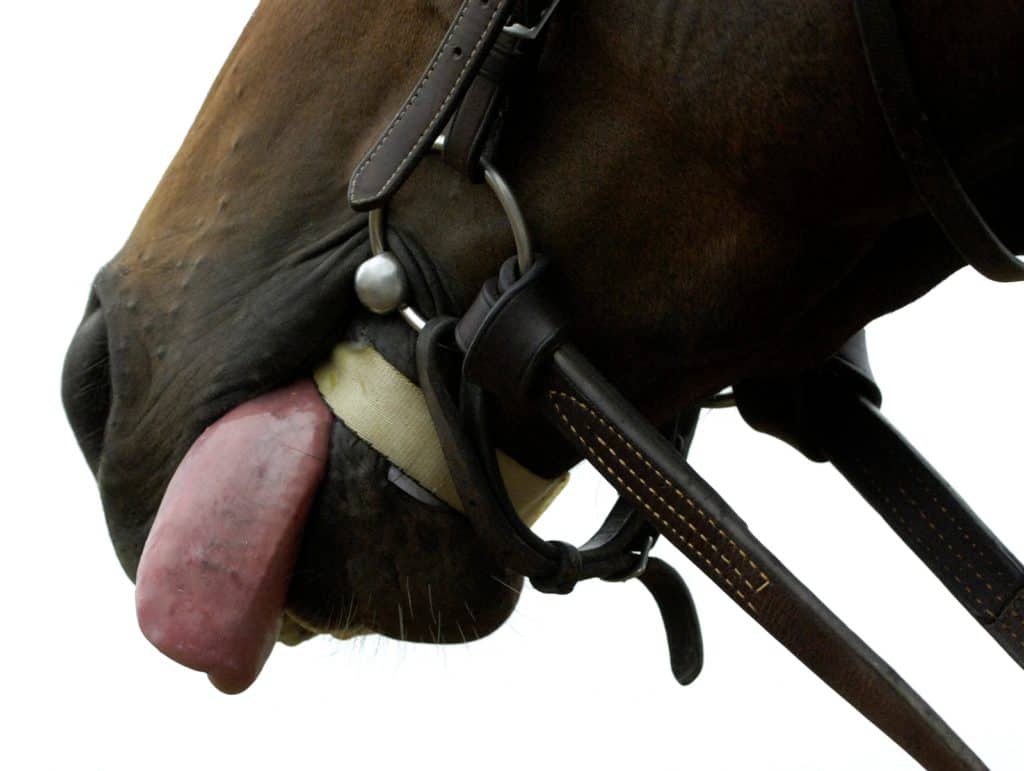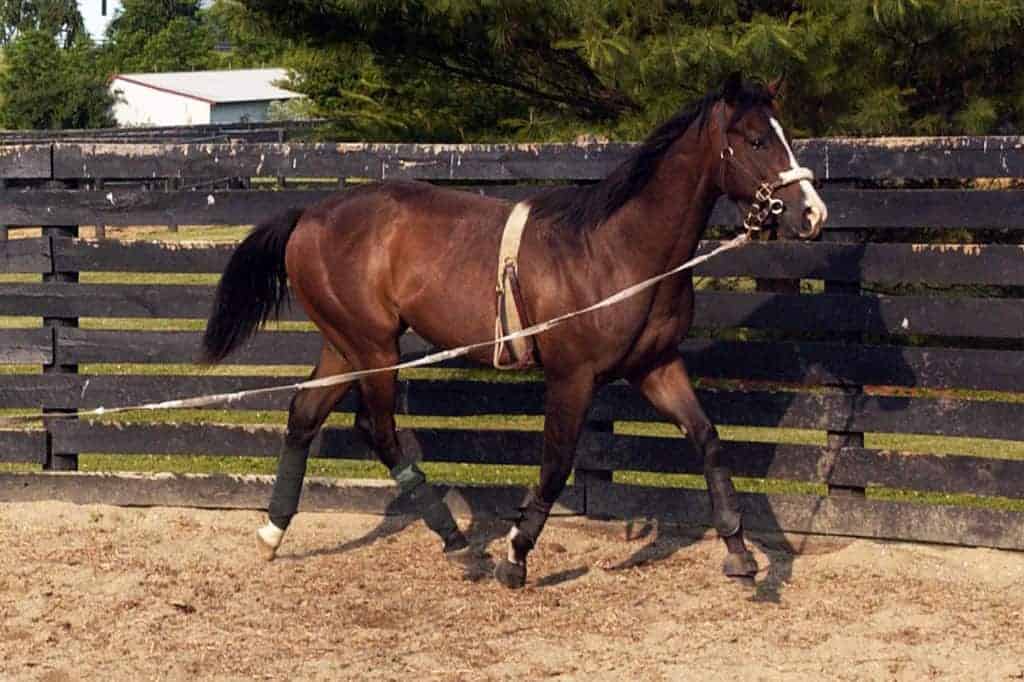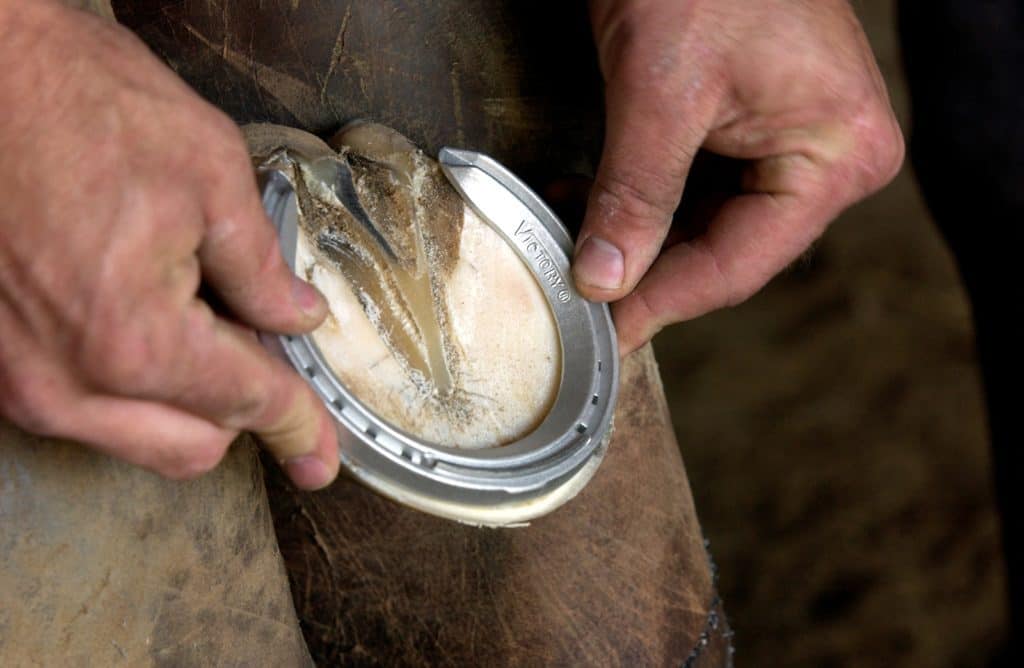Commentary: Avoiding the Edge
What could a recent Texas ruling about registering horse-clones with the AQHA mean for Thoroughbred breeders?
What could a recent Texas ruling about registering horse-clones with the AQHA mean for Thoroughbred breeders?

Equine immunodeficiencies can be challenging to diagnose, and even more difficult–or impossible–to manage.
He was euthanized due to an inoperable mass in multiple sinus cavities and around his optic nerves.
The HSUS has received a five-year $760,000 grant to help promote the protection of wild burros.

Dr. Scott Palmer explains how vital signs are used to monitor racehorses during and after training.

The number and severity of lesions present could impact a horse’s future racing performance.

Dr. Scott Palmer explains why some racehorses wear tongue ties and why this equipment is important.
The facilities are now able to receive financial support from the TAA for the care of retired Thoroughbreds.

Vets evaluated the potential application of dynamic endoscopy when examining Thoroughbred yearlings.

Dr. Larry Bramlage, AAEP On Call veterinarian, describes his role of relaying information from treating vets to the media.

Dr. Larry Bramlage describes the evolution of the AAEP On Call Program for large horse races such as the Kentucky Derby.

Dr. Scott Palmer describes some common racehorse shoeing techniques.

Storm Cat was euthanized April 24 due to complications from infirmities of old age.

Find out how the Budweiser Clydesdales stay in top shape while traveling frequently.

Dave Thomas, supervisor of the Budweiser Clydesdales’ East Coast Hitch, discusses how they pack the trailer for the 10 Clydesdales who travel across the country.

Dave Thomas, the supervisor of the Budwieser Clydesdales’ East Coast Hitch, talks about how they manage travel stress with the 10 Clydesdales when traveling across the country.
Stay on top of the most recent Horse Health news with
"*" indicates required fields